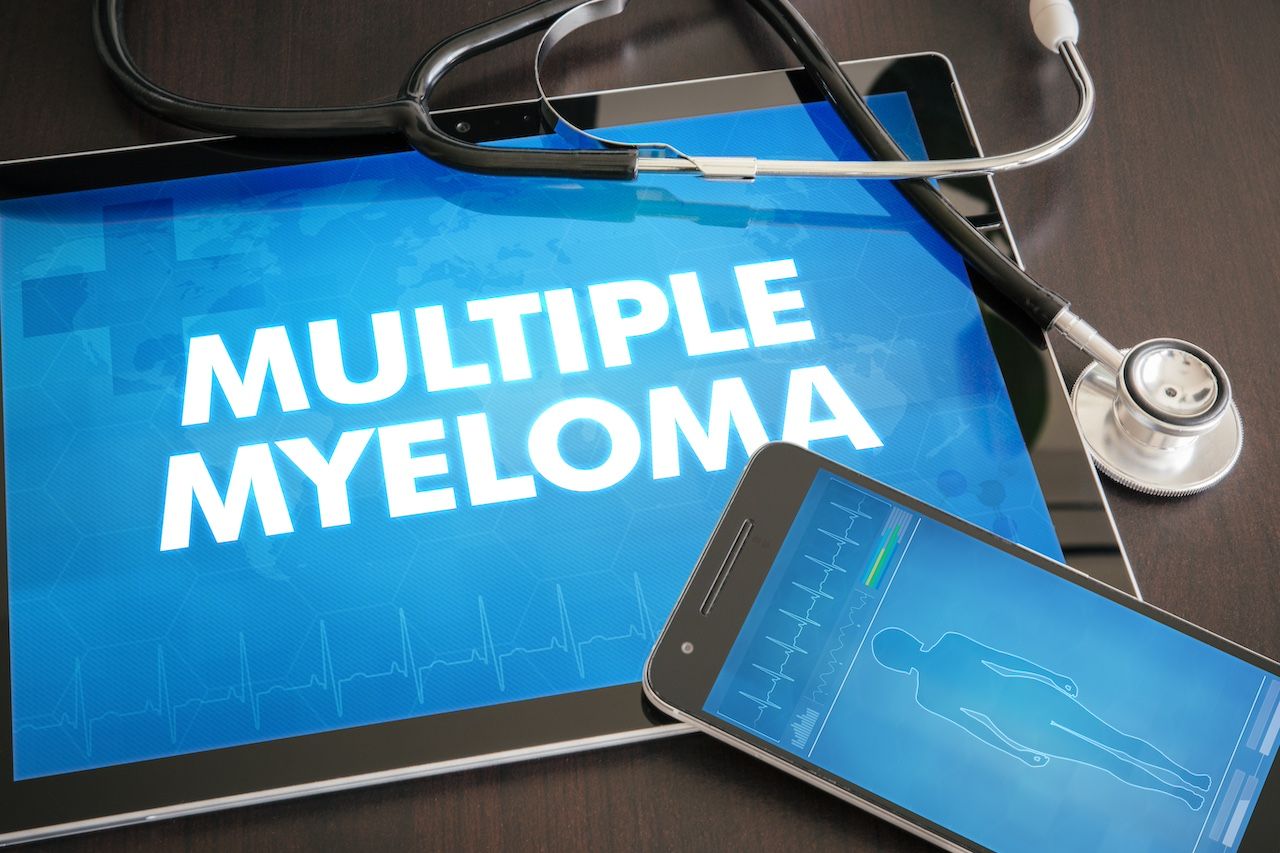Article
Healthy People 2020 Targets Achieved in 30 States for Colorectal Cancer, 28 for Cervical Cancer
Author(s):
A review of 2013 cancer statistics in the United States by the CDC showed that 67% of people survived at least 5 years after their cancer diagnosis.
A review of 2013 cancer statistics in the United States by the CDC showed an annual incidence of 479 invasive cancers per 100,000 males and 413 per 100,000 females. Overall, 67% of people survived at least 5 years after their cancer diagnosis, according to the report published in the Morbidity and Mortality Weekly Report.
CDC used data from the US Cancer Statistics (except for Nevada) for the year 2013 to monitor changes in cancer incidence and assess progress toward achieving the objectives of Healthy People 2020. Of the 1,559,130 invasive cancers that were reported in the country, New Mexico had the lowest incidence (364 per 100,000 persons) and Kentucky had the highest (512 per 100,000 persons).
While no gender bias was observed in survival at least 5 years after diagnosis (67% for both males and females), mortality was higher among black patients diagnosed with cancer (62% vs 67% among whites). Incidence rose with age—it was as low as 18 per 100,000 among those younger than 20 years old and was 2163 per 100,000 among those 75 years and older.
Breast cancer had the highest incidence rate (124 per 100,000), followed by prostate cancer (102 per 100,000 males), lung cancer (59 per 100,000), and colorectal cancer (CRC, 38 per 100,000)—the 4 sites together accounted for nearly 50% of cancers diagnosed in 2013. Further, cancers associated with tobacco use had an incidence of 187 per 100,000, compared with 130 for alcohol use, and 11 for HPV.
Wyoming had the lowest incidence of breast cancer (105 per 100,000) and New Hampshire had the highest (148 per 100,000); Arizona had the lowest incidence of prostate cancer (69 per 100,000) while Louisiana had the highest (131 per 100,000). Kentucky topped the charts in incidence of lung cancer (93 per 100,000) while Utah had the lowest incidence of the disease (26 per 100,000). Kentucky, along with Mississippi, also had the highest incidence of CRC (49 per 100,000), while Arizona, New Mexico, Utah, and Vermont had the lowest incidence (32 per 100,000).
The authors of the report write that 30 states achieved the Health People 2020 target for reduced CRC incidence and 28 states for reduced cervical cancer incidence. They recommend following preventive screening efforts, such as those advocated by the US Preventive Services Task Force, to address some of the risk factors for developing cancer. They also point to the important role played by healthcare providers in ensuring that children, adolescents, and adults receive preventive services at the right time.
Surveillance data, such as in this report, can aid public health officials monitor existing programs and also help them make decisions on the adequate allocation of funding and resources.
Reference
Henley SJ, Singh SD, King J, Wilson RJ, O’Neil ME, Ryerson AB. Invasive cancer incidence and survival—United States, 2013. MMWR Morb Mortal Wkly Rep. 2017;66:69-75. doi: http://dx.doi.org/10.15585/mmwr.mm6603a1.
Newsletter
Stay ahead of policy, cost, and value—subscribe to AJMC for expert insights at the intersection of clinical care and health economics.




